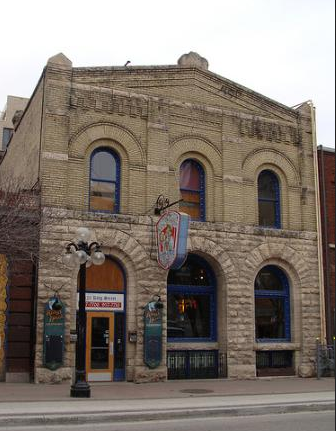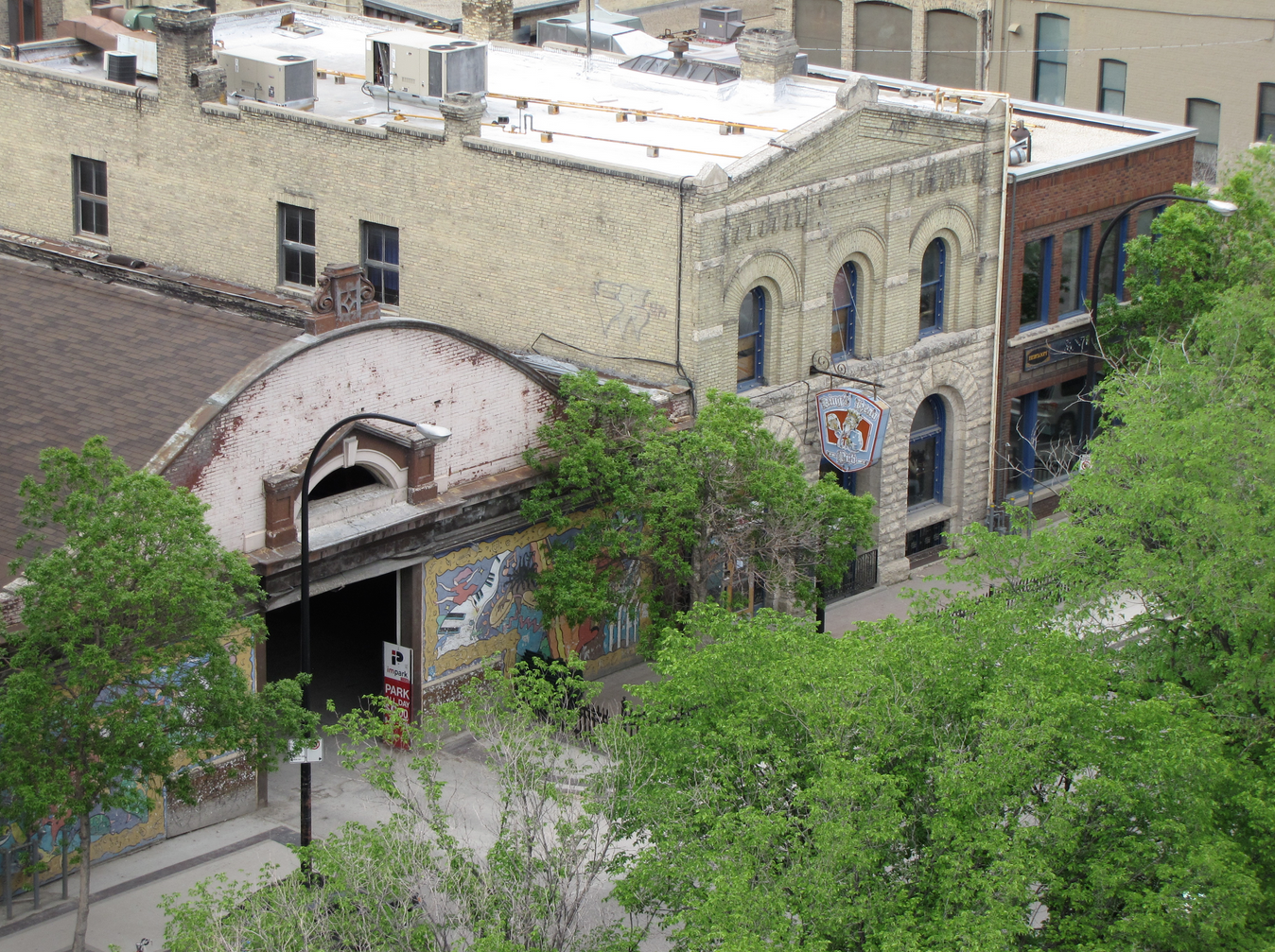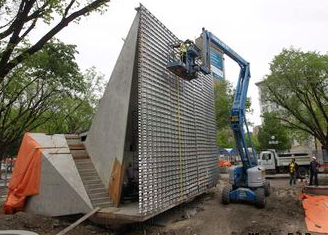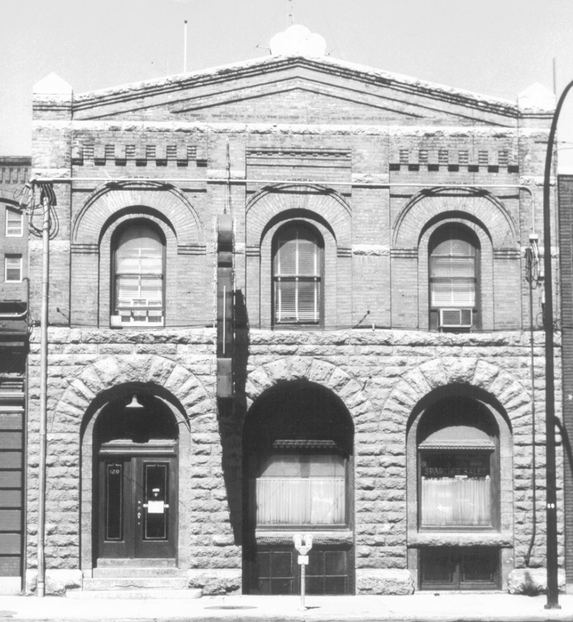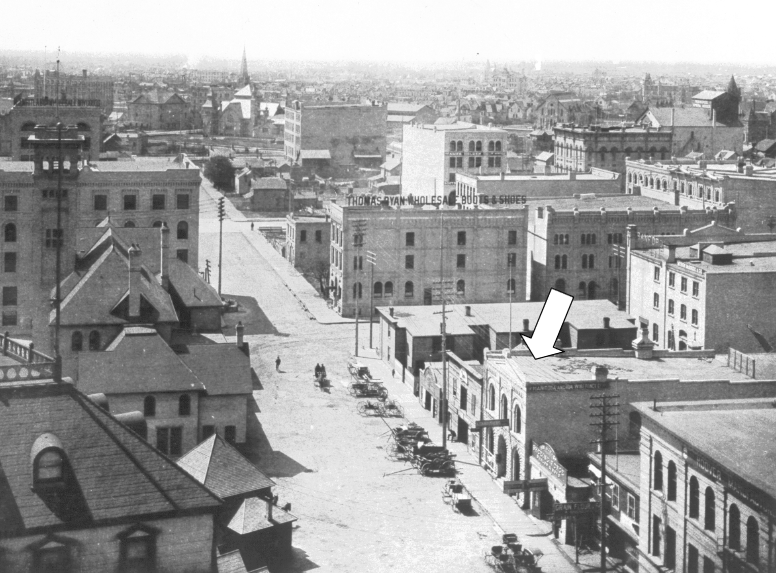Sparling Sales Ltd. Building
| Former Names: |
|
|---|---|
| Address: | 120 King Street |
| Original Use: | Warehouse, wholesale |
| Constructed: | 1896 |
| Architects: |
|
| Guides: | Part of the QR Code Tour |
More Information
The 1896 Sparling Sales Ltd. Building, a two-storey heavy masonry structure, stands mid-block within a group of commercial facilities of mostly similar scale and age in Winnipeg’s Exchange District, a national historic site. The City of Winnipeg designation applies to the building on its footprint.
Heritage Value
The Sparling Sales Ltd. Building is a compact Romanesque Revival-style warehouse that originated in the early stages of business development in the vicinity of Winnipeg’s City Hall, Market Building and Central Fire Hall. Erected for Andrew Carruthers, a long-standing fur, hide and wool dealer, the structure also housed the Der Nordwestern Publishing Co., the first and largest German-language press in Western Canada, and a successor, the multilingual National Press Ltd. The building’s design by Joseph Greenfield incorporates many Romanesque elements, including robust brick and stone finishes, round-headed arches and decorative brick pilasters and corbel tables, as well as the less common feature of a pediment at the roofline. Adapted over the years for various wholesale, office and hospitality uses, the structure remains important to the integrity of its historic Exchange District streetscape.
Design Characteristics
| Style: | Romanesque Revival |
|---|---|
| Neighbourhood: | The Exchange District |
- Key elements that define the heritage character of the Sparling Sales Ltd. Building site include:
- – its location on the west side of King Street between Bannatyne and William avenues, opposite Market Square and the building’s placement, flush to the sidewalk and abutting other masonry structures of similar scale and age
- Key elements that define the building’s robust construction and Romanesque Revival style include:
- – its symmetrical composition and heavy appearance expressed through its articulated masonry construction of solid brick walls on a limestone foundation and two-storey rectangular form with a flat roof
- – the Romanesque Revival features on the primary (east) facade, including the ground floor’s typical rusticated stone mass containing three large round-arched window and door openings and the second level’s buff-coloured brick finish and three recessed round-headed windows separated by pilasters with rusticated stone accents
- – other openings, including on the rear elevation flat-headed and segmental-arched windows with stone sills, a small main floor loading dock and large second floor loading door, and on the south elevation tall rectangular second-storey windows
- – the variety of features and textured finishes, such as the brick corbel table supporting a rusticated stone cornice, the broad pediment with stone coping, raised end pilaster caps and a raised centre stone carved with the date ‘1896’, brick and stone voussoirs, brick hood-moulding, stringcourses, etc.
- Key internal elements that define the building’s heritage character include:
- – the deep floor plans and features and finishes such as the embossed tin ceilings on three levels, exposed brick walls, staircase woodwork, upper-level wood flooring, etc.
